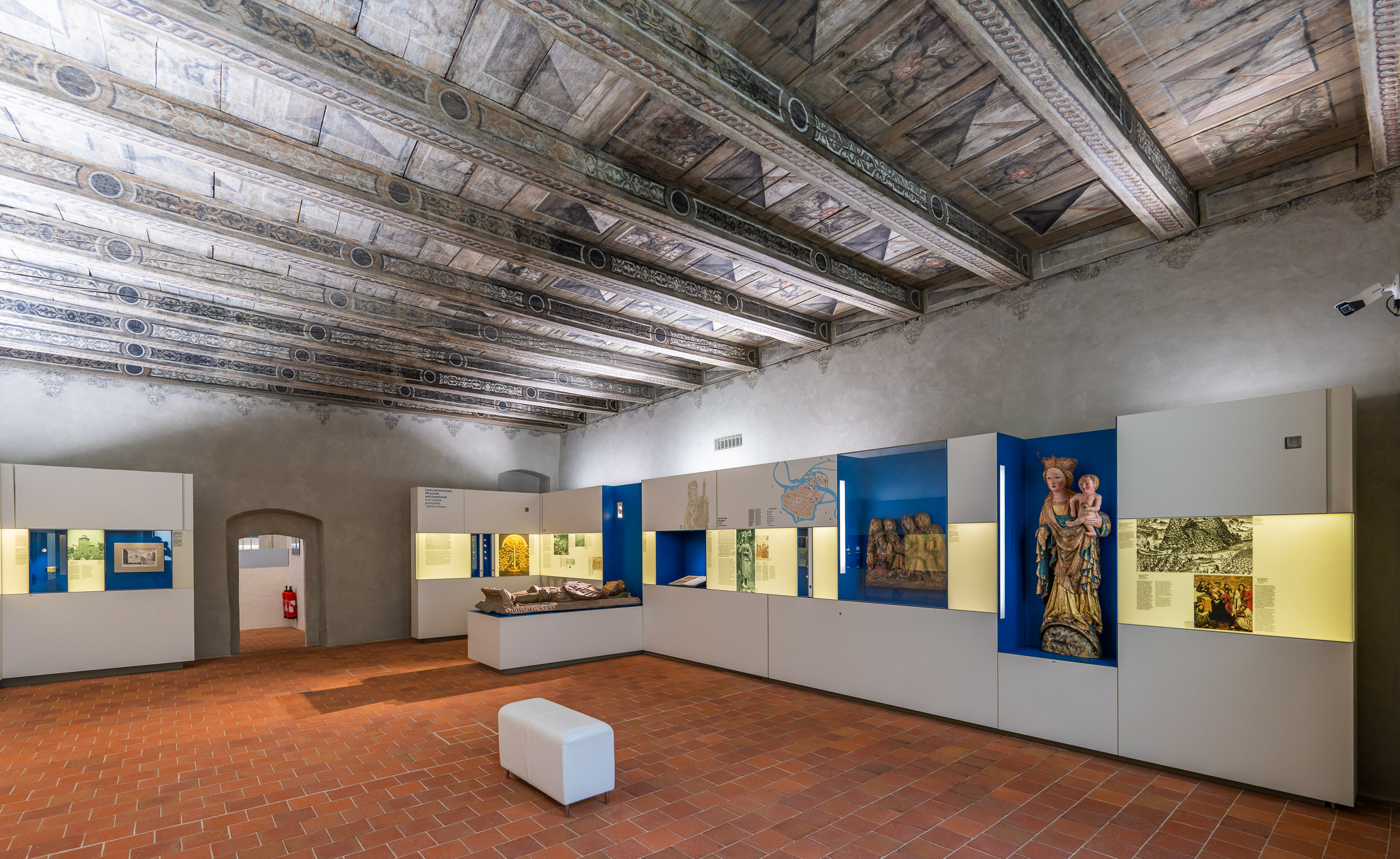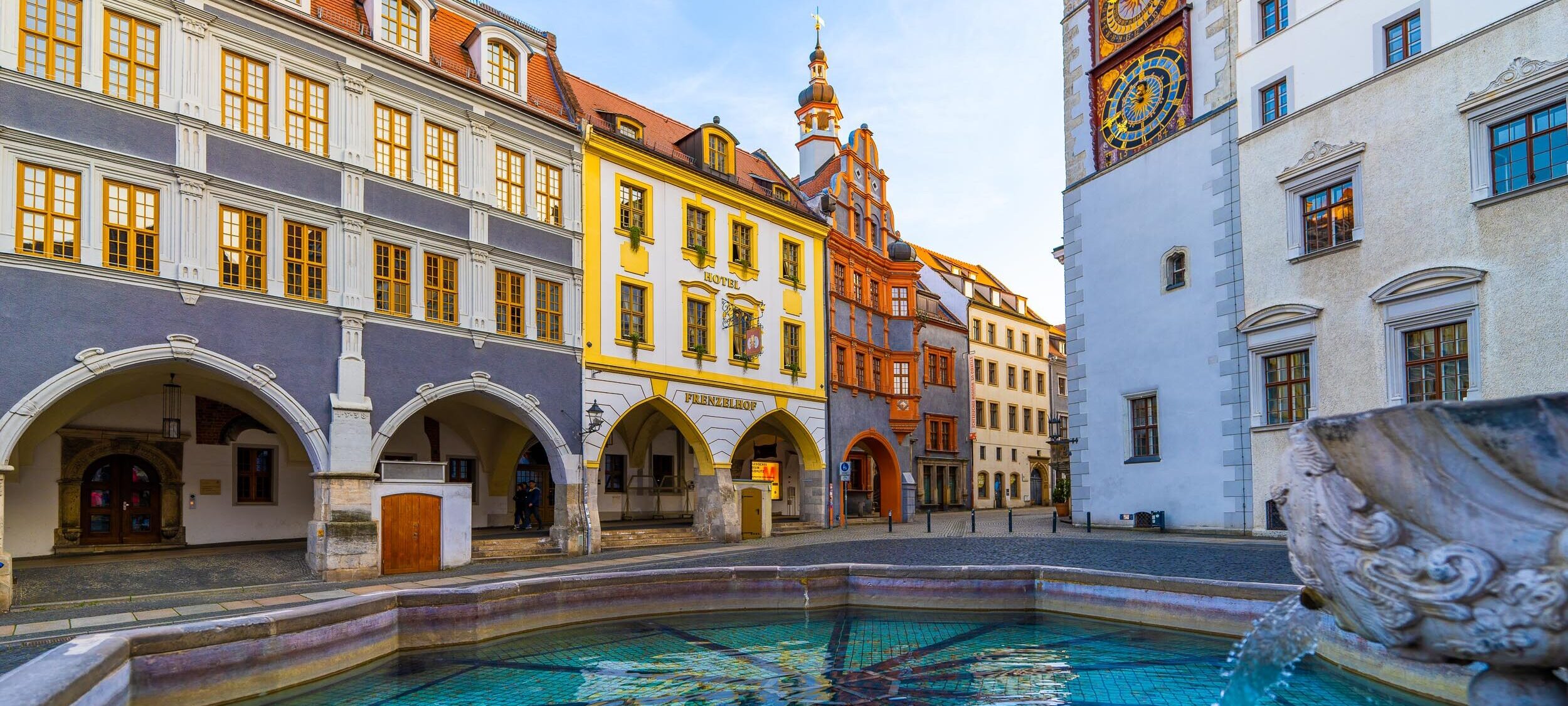
History of the museum
There were already plans for a central Silesian Museum in West Germany in the 1970s. It was only after reunification in 1989 that such an institution could be established in Görlitz – in a city that belonged to the province of Silesia before 1945. The museum feels just as connected to the former German inhabitants of Silesia and their descendants as it does to the Polish Silesians of today and favours close cooperation with museums and cultural institutions in Silesia. In the magnificent architectural setting of the Schönhof, visitors can admire the richness of the Silesian cultural landscape: Goldsmith’s art, glass, ceramics and porcelain, paintings and sculptures – the latter with a focus on classical modern art from the Wroclaw Academy. The museum is supported by a foundation in which the Federal Republic of Germany, the Free State of Saxony, the City of Görlitz and the Silesian Landsmannschaft (Silesian Landsmen’s Association) are involved.

The permanent exhibition offers a broad overview of the history and culture of the region in a European context. It focuses on the confessional conflicts in the 16th and 17th centuries, the Prussian-Habsburg conflict in the 18th century, the development of industry and crafts in the 19th and early 20th centuries and the emergence of the Polish-German conflict over Silesia, which reached a painful climax with the Second World War and its consequences. A multimedia presentation (photo: Martin Schneider) with rich photographic and film material provides information on the development of Silesia from 1945 to the present day. The topics of politics, economy, church and religion, culture and nature as well as sport and tourism are presented here. A children’s island invites the youngest visitors to discover Silesia through play.

The museum is housed in the Schönhof, a representative merchant’s palace right next to the town hall on Görlitz’s Untermarkt square. In the late Middle Ages, older parts of the building grew together to form a uniform courtyard complex and created the hall house type characteristic of Görlitz. Members of the city’s leading families always resided in the Schönhof. Princes and kings stayed here during state visits. One year after the great city fire of 1525, the building was rebuilt in the Renaissance style and thus became a model for the reconstruction of the city centre.

The last private owner of the building planned a new building in 1909, which would have been tantamount to demolition. As a result of a remarkable initiative by public and private stakeholders, the city of Görlitz acquired the Schönhof and ensured its preservation. After the Second World War, the building was used as a youth hostel until the 1970s. It was only during the restoration for the Silesian Museum that many of its original components and decorative elements were brought back to light. Sculptures, murals, richly painted beamed ceilings and a 16th century toilet give an idea of the lifestyle and wealth of the noble families of old Görlitz. In 2006, the Schönhof was opened as the main building of the Silesian Museum with its permanent exhibition.